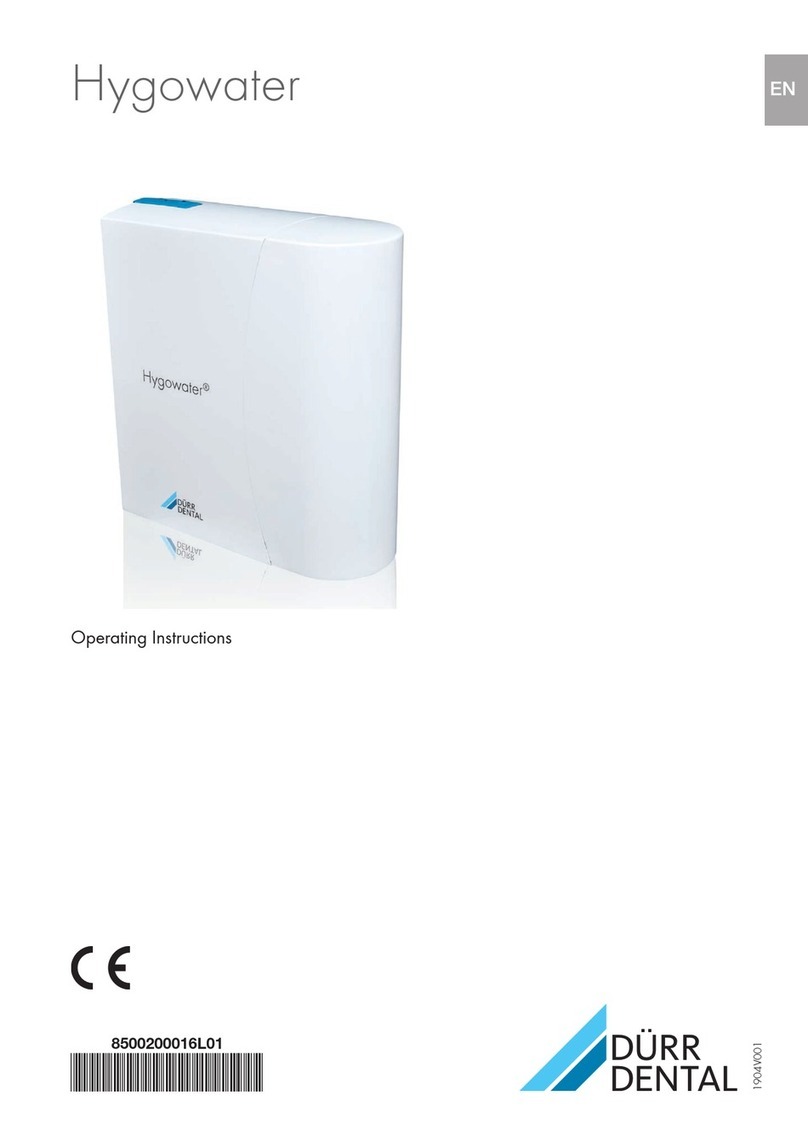
Installation and operating instructions for the Hygopure 90 water treatment system Page 1
Last updated: November 2016
TABLE OF CONTENTS
1Introduction .................................................................................................................. 2
2Important information prior to installation ..................................................................... 3
2.1 Installation requirements ....................................................................................... 3
2.2 Inspection of the delivery ...................................................................................... 3
2.3 Recommended tools for the installation ................................................................ 4
2.4 Location of the main components ......................................................................... 5
2.5 Serial number ........................................................................................................ 6
2.6 Structure of the Hygopure 90 water treatment system .......................................... 6
3Installation and commissioning the water treatment system ........................................ 7
3.1 Installing the water treatment system .................................................................... 7
3.1.1 Installing the water connection valve .............................................................. 7
3.1.2 Installing the waste water valve ...................................................................... 9
3.1.3 Installing the water tap .................................................................................... 9
3.1.4 Screwing in the steriliser connector .............................................................. 11
3.1.5 Connecting the pressure hoses .................................................................... 11
3.2 Commissioning the water treatment system ....................................................... 12
3.3 Technical information about the eco pump and the degree of efficiency ............ 13
4Care and maintenance of the water treatment system ............................................... 14
4.1 Cleaning and care from outside .......................................................................... 14
4.2 Replacement intervals for filter cartridges and membrane .................................. 14
4.3 Servicing the storage tank ................................................................................... 15
4.4 Important information pertaining to disinfection ................................................... 16
4.5 Important safety information following system standstill ..................................... 16
4.6 Replacing the filter cartridges .............................................................................. 17
4.7 Replacing the membrane .................................................................................... 19
5System specifications ................................................................................................. 21
6Problem-solving (tips and tricks) ................................................................................ 23
© VEWAMED GmbH & Co. KG 2020:
All rights reserved. Any reproduction, adaptation or translation - even in part - requires the express written
permission of VEWAMED





























